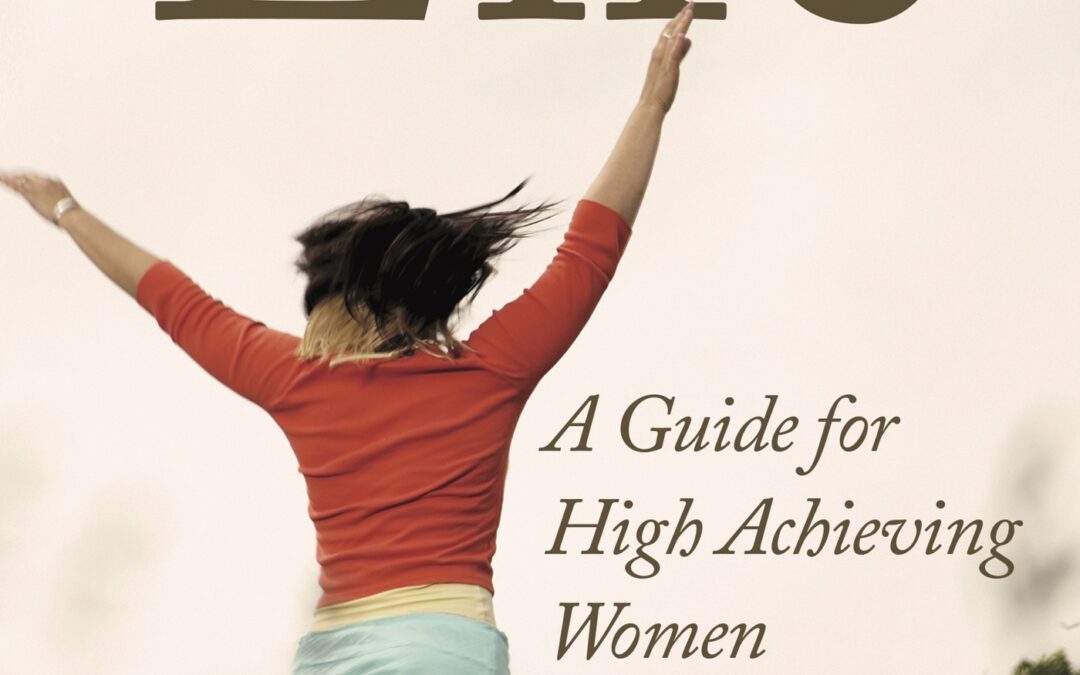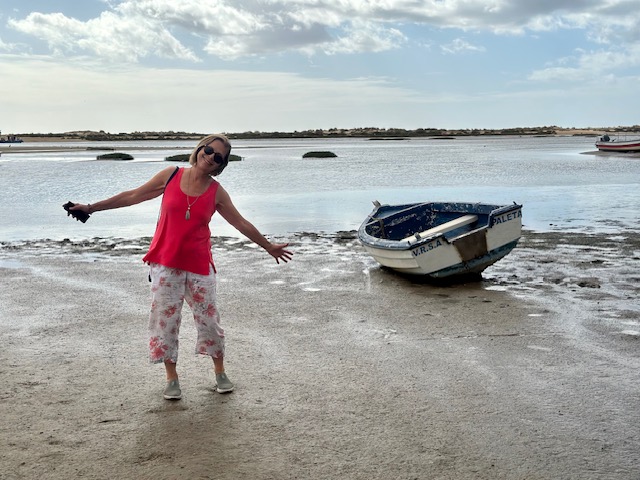
Reflections on “Learning to Dance with Life: A Guide for High Achieving Women”
I was recently nudged to reread a book I wrote ten years ago. From that experience I’m called to share my reflections and reframe the book through a lens that I hope will make it more valued and understood by more people. This is the first in a series of posts on those reflections.
What has changed? (since I wrote “Learning to Dance with Life: A Guide for High Achieving Women” )
In the past ten years, more and more influential women, and some men, are coming out of the woodwork and acknowledging that they have burnt out. An example is Jacinda Ardern, the former Prime Minister of New Zealand who in January 2023, announced “I no longer have enough in the tank to do the job”, and declared that was why she was stepping down.
It is being acknowledged more widely that the traditional ways of doing business and being successful; of driving and striving, valuing competition over collaboration, and leading from our heads and egos rather than from our hearts, are no longer sustainable. Arianna Huffington, co-founder of the Huffington Post and founder and CEO of Thrive Global, has shared her story of collapsing from overwork and why she created Thrive Global. It was as a result of her experience of “working day and night” and the negative impact it had, and her desire to share that there is a healthier way to be “successful”.
Leadership qualities such as collaboration, creativity, emotional intelligence, inclusiveness, and intuition (typically associated with the feminine) are being acknowledged as important and needed to solve complex issues of today such as climate change and systemic racism. See https://pamela-thompson.com/why-feminine-leadership-holds-the-key-to-creating-a-world-that-works-for-everyone/ for a more detailed discussion.
The experience of the pandemic caused many people to burn out. Working at home, many parents had to also look after their children which stretched them very thin. Others had difficulty creating boundaries between their work and home life. Still others felt isolated which led to depression and other mental health issues.
In 2014 I said that I “almost” burnt out[1] and I didn’t acknowledge that I had, which I now do.
I now have heightened awareness of the importance for me of being in nature every day, and what happens when I don’t get my nature “hits”.
What remains the same since writing “Learning to Dance with Life”
Some things remain the same. For example, the seven keys in my book are still relevant. Seven keys to consciously cultivating improved health, happiness, fulfillment and inner peace in your life, and the powerful practices associated with each one, supporting us to heal from the inside out.
The proven strategies and powerful practices woven throughout the book are based on evidence from neuroscience, eastern psychology, and the health-promoting and healing benefits of the arts, and my own journey as well as that of women I have coached, all of which are being recognized more broadly as supporting healing and positive health and well-being.
The link between High Achieving Women and burnout. My work and the growing body of research related to burnout demonstrates that having qualities of a High Achieving Woman increase your risk of burning out.
When I was writing “Learning to Dance with Life: A Guide for High Achieving Women” my editor wondered whether a more appropriate title might be “Learning to Dance with Life: A Guide for Driven Women”. Perhaps that is so, as many women who I would consider “high achieving” do not perceive themselves as such. While writing “Learning to Life” I interviewed women from three continents who I perceived as high achieving and some of them said things like, “I’m not a High Achieving Women or, I don’t have any great accomplishments to my name, or I’m not in the corporate world, or it sounds arrogant to call myself a High Achieving Woman.” I think that is still the case today.
I identified nineteen attributes of High Achieving Women that I validated in my interviews that still hold true today (in chapter 1). The majority of High Achieving Women tend to give more than they receive, and many are challenged to reach out for support. The also spend much more time doing than being.
Why I focused on women.
- More and more women are becoming leaders, managers and entrepreneurs
- Increasing numbers of women are primary breadwinners in their families
- Women in all cultures transmit their values and wisdom to their families
- Women have the power to change the world.
Why I wrote the book including that “I’m called to get the message out about the negative impacts on our bodies, minds and relationships that result from driving ourselves, not listening to our bodies, and living in our left brain (p. 4).”
I welcome your thoughts and comments below on what you believe has changed in the past 10 years related to burnout and how to prevent and heal from it.
[1] “Burnout is a state of emotional, mental, and often physical exhaustion brought on by prolonged or repeated stress. Though it’s most often caused by problems at work, it can also appear in other areas of life, such as parenting, caretaking, or romantic relationships.” Source: https://www.psychologytoday.com/us/basics/burnout
